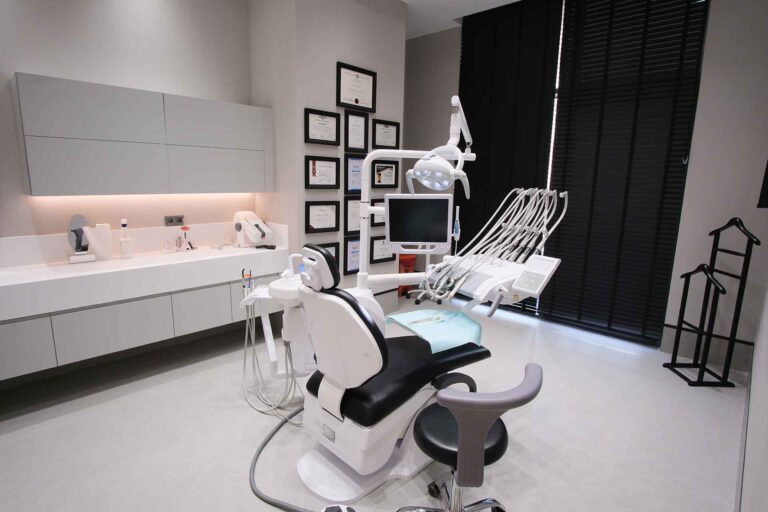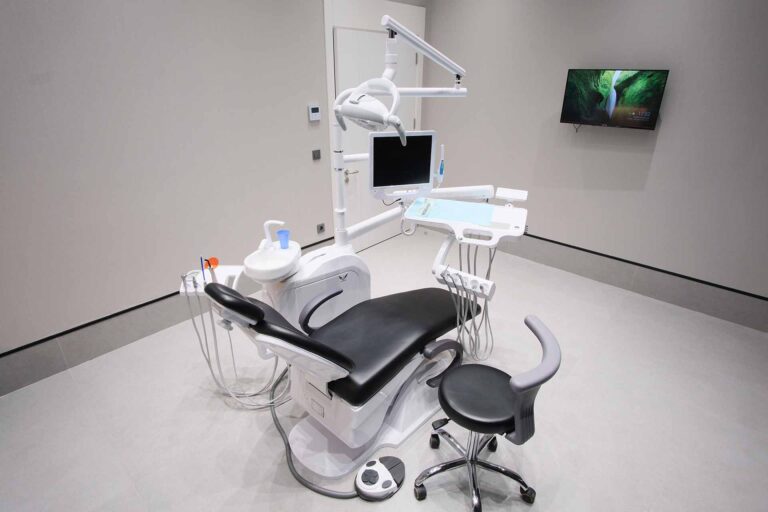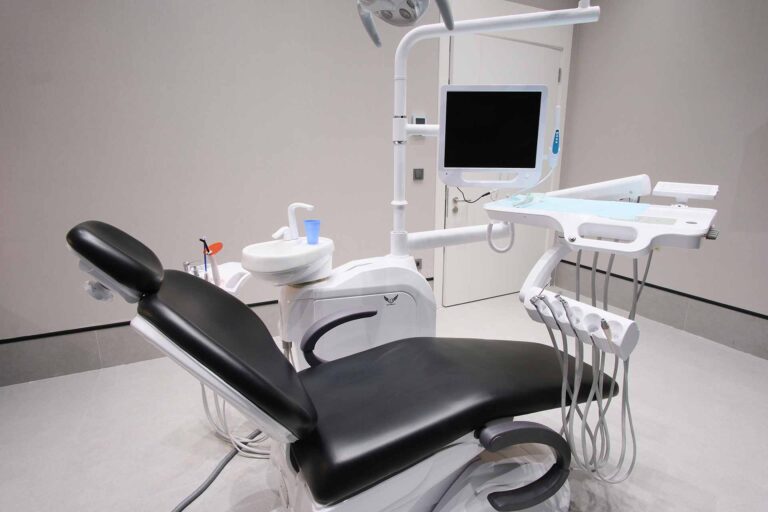
Contact Information
- Office Number: 1
- dtmelikekasap
Working Hours (GMT +3)
- Monday - Saturday: 09:00-20:00
- Sunday: Closed
Appointment
Create Appointment
IM Dental Studio
IM Dental Studio provides services in all branches of dentistry with its expert team of dentists. Our clinic focuses mainly on personalized smile design, implant treatments, and digital dentistry, offering a quality service approach and patient-centered treatment planning. In aesthetic dental treatments, our clinic prioritizes function and phonetics, with specialized dentists available for all dental issues.
You can entrust your smile to us.
Specialization Areas:
- Implantology
- Prosthodontics
- Zirconium Coating
Gallery







Dentists
No posts found









